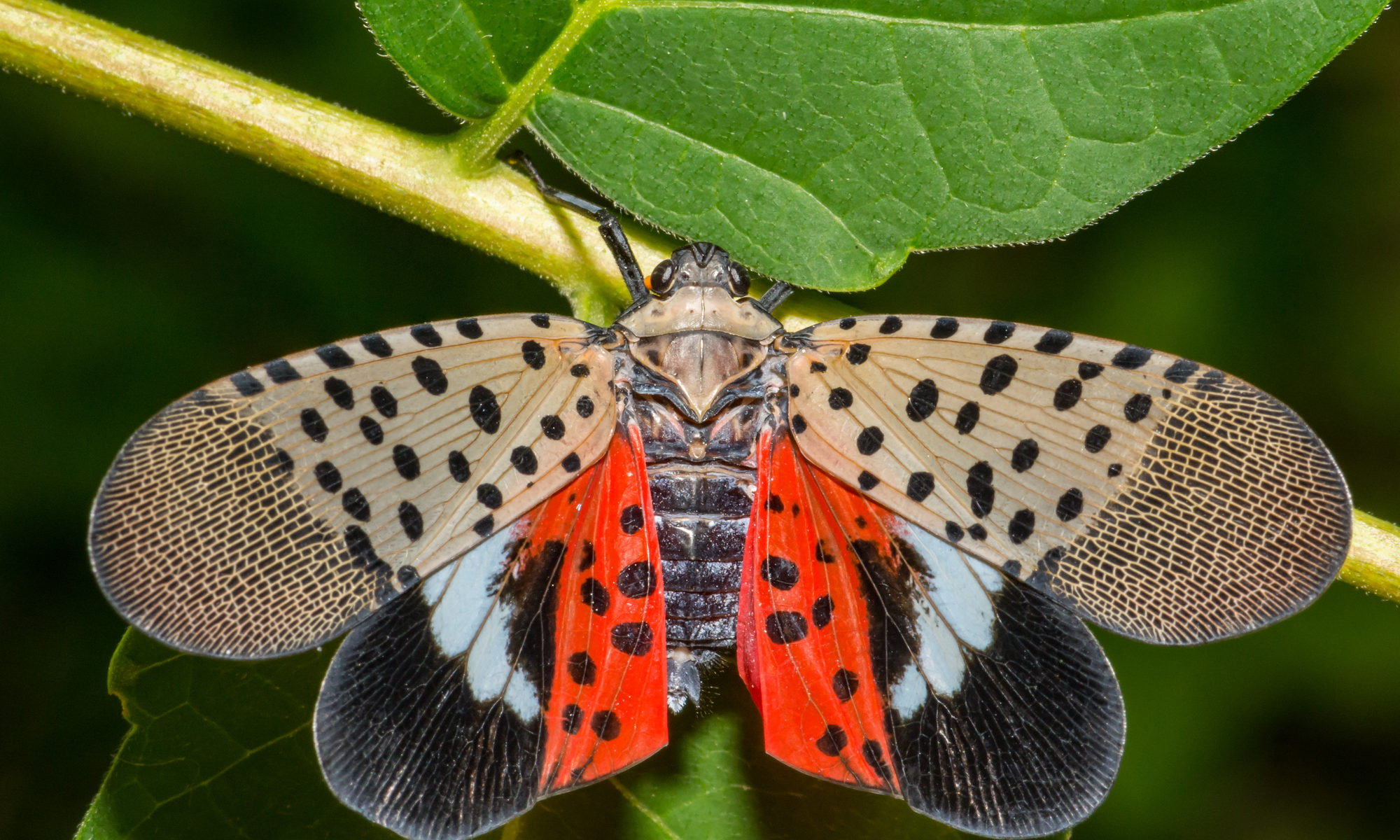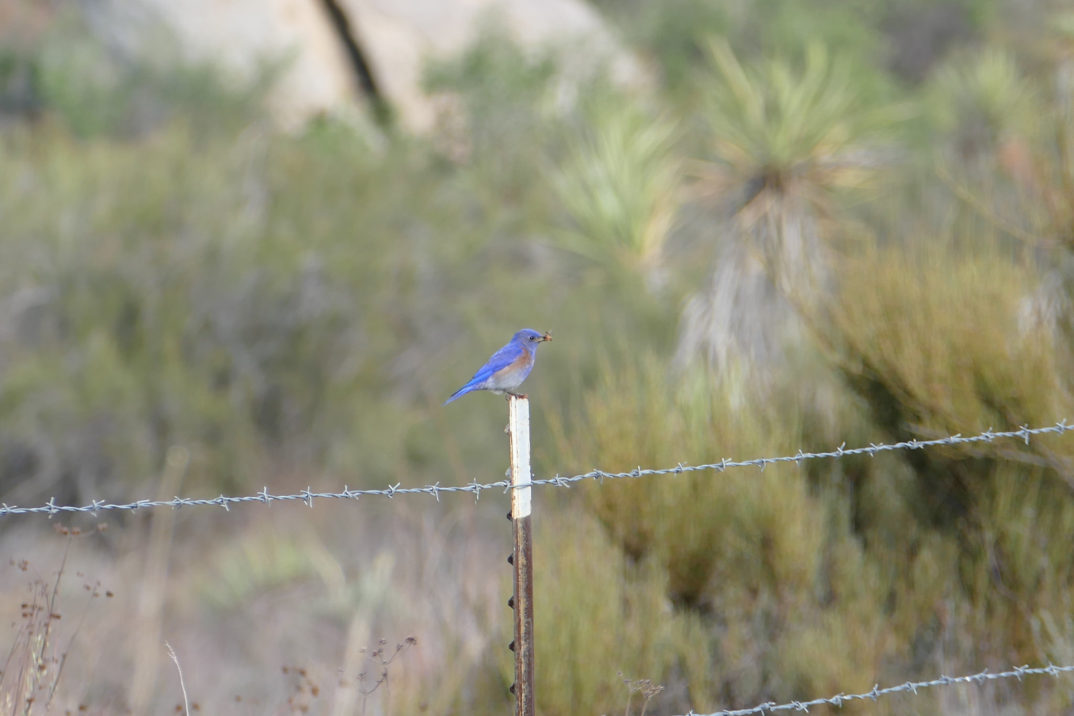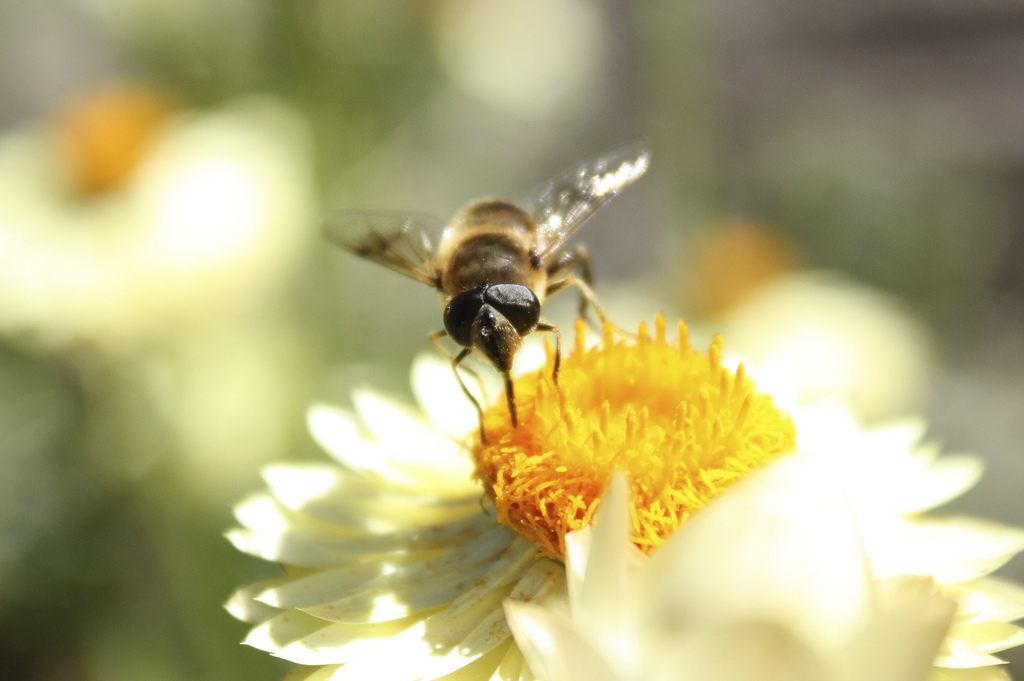This summer, the East Coast of the United States has been plagued by the spotted lanternfly. First discovered in Pennsylvania in 2014, the lanternfly is a highly invasive species that – if allowed to spread throughout the U.S. – could devastate the ecosystem, and seriously impact the grape, orchard, and logging industries. States have been swift to respond. Ohio is setting traps, while Pennsylvania has employed sniffer dogs to track down their eggs. Connecticut and Virginia, on the other hand, have issued a very clear message to their residents: “Squash these bugs on sight!”
Several weeks ago, I discussed the revelation that insects might experience pain and – for this reason – might be worthy of moral consideration. This was based upon Peter Singer’s assertion that the only prerequisite for having interests is the capacity to experience pleasure and pain (since if something can experience pleasure then it has an interest in pursuing pleasure, and if something can experience pain then it has an interest in avoiding pain). Once identified, these interests must – according to Singer – be counted equally with the same interests when experienced by any other being.
Put simply, if it is morally wrong to cause X amount of pain to a human, then it must also be morally wrong to cause X amount of pain to any other creature capable of experiencing pain – even insects.
But that reasoning seems to run counter to what we’re being urged to do in light of the lanternfly invasion. Being squashed is clearly a painful experience. As such, we would consider it morally reprehensible to squash a human, or a dog, or even a mouse. Yet, for some reason, this very action is here being condoned. How can we make sense of this? Are we in fact doing something morally wrong every time we squash a spotted lanternfly?
An important first step is to note that the experience of being squashed will not be consistent across species. For a human, it will be utterly traumatizing – filled with not only physical pain, but the dread and terror of one’s imminent end. Arguably, the pain will be slightly less for the dog or mouse – if only since they will largely lack awareness of what’s happening to them. What, then, will the experience be like for the lanternfly? This is a difficult question – made all the more difficult by the fact that we are only on the cusp of discovering that insects might feel pain, let alone being able to quantify it. Let’s assume, then, that the amount of pain (both physical and psychological) experienced by a lantern fly upon being squashed is significantly less than that felt by a human or dog or mouse going through the very same experience. Perhaps it’s the equivalent of a human receiving a particularly bad papercut.
What this means, then, is that our moral attitudes towards squashing lantern bugs should be roughly the same as inflicting painful papercuts on others. And, chances are, even though the latter is a relatively minor harm, we would usually refrain from doing this on the assumption that it is morally wrong.
For this reason, we would seem to have a moral reason to refrain from inflicting the precise same amount of pain on lanternflies. To do otherwise would, according to Singer, be speciest.
But we cannot stop our moral considerations there. While it might be wrong to inflict pain on a single insect for no good reason, we also need to take into account how our actions will affect the pain and pleasure of other living beings. This is particularly relevant in the context of invasive species. Some species – by their very existence in an alien environment – create enormous suffering and death for the local fauna. Just look at the ecological devastation wrought by domestic cats. In such cases, a small amount of harm to some animals might be justified by the fact that it avoids a much greater harm to other animals.
The lanternfly might be one such case. While the damage they cause is largely flora-based – feasting on around 70 host plant species – the flow-on ecological effects are set to be devastating, as native fauna finds itself starving as a result of dwindling food supplies.
But here’s the thing: even if some greater good justifies us causing harm to an invasive species, we are under a moral obligation to do all we can to minimize the harm necessary to achieve that good.
And this shouldn’t be surprising. It might be morally permissible for me to break someone’s car window in order to save the life of a severely dehydrated dog on a hot summer’s day. But that same justification wouldn’t allow me to then go on to key their door and slash their tires.
The same limits apply here. Even if we have good reason to do all we can to destroy lanternflies, this does not warrant wanton cruelty. This is why ethicists are so concerned about implementing ‘bounties’ on certain invasive species. Perverse incentives can bring about perverse outcomes. If there is a greater ecological good to be achieved, we may be morally justified in causing harm to certain invasive species. However, this harm will only be permitted to the extent that it is necessary in order to achieve that good. Gratuitous harm will remain morally impermissible. We should endeavor, then, to solve ecological crises while treating invasive species as humanely as possible. And if insects can experience pain, then this includes them too.




